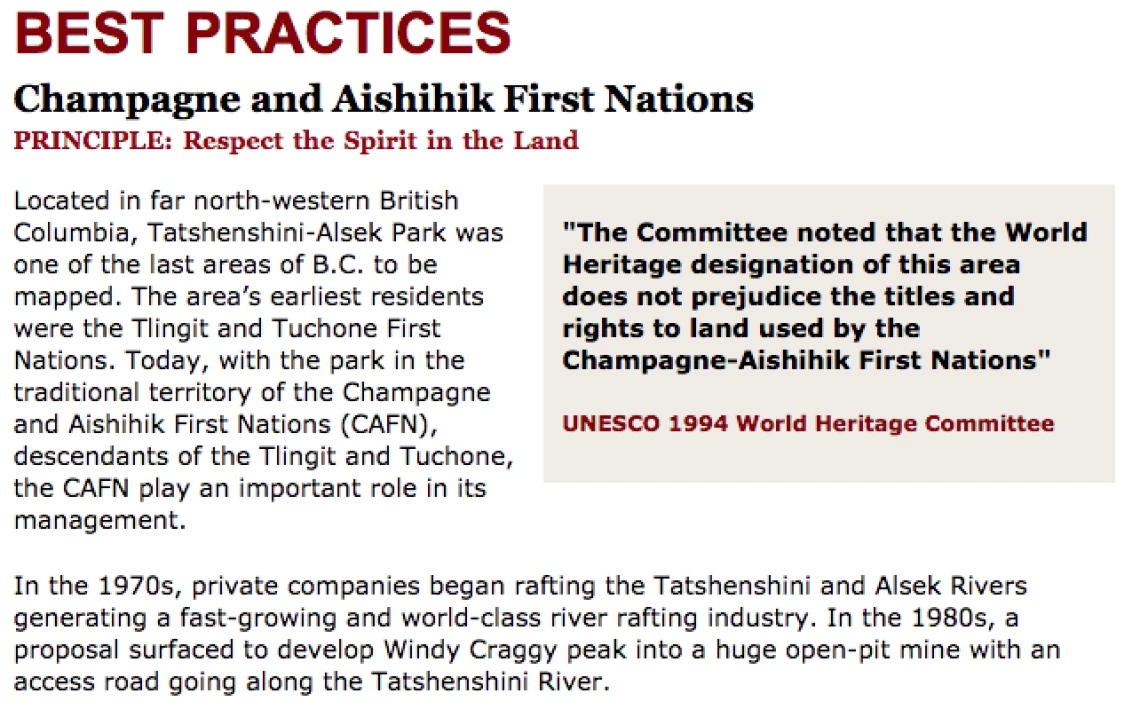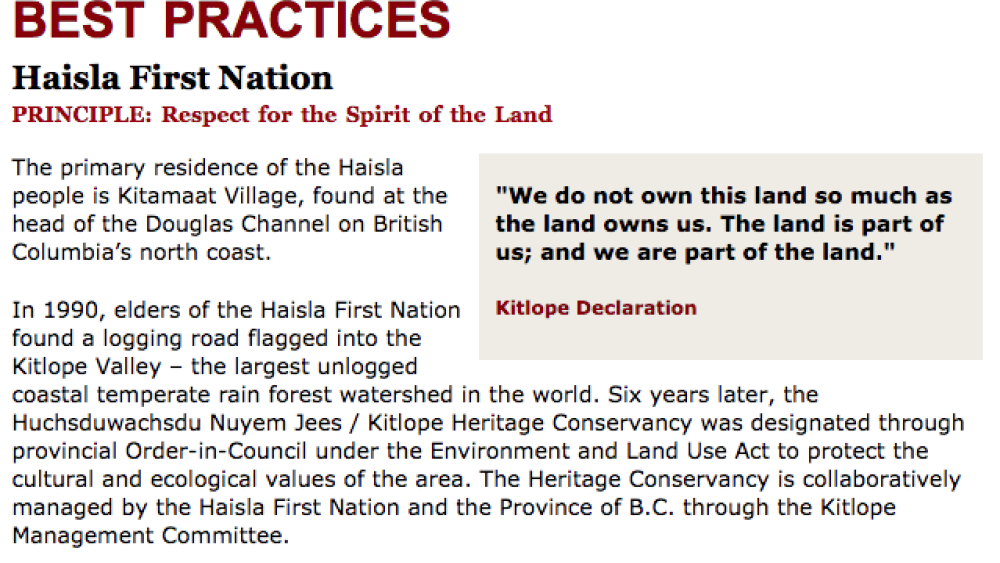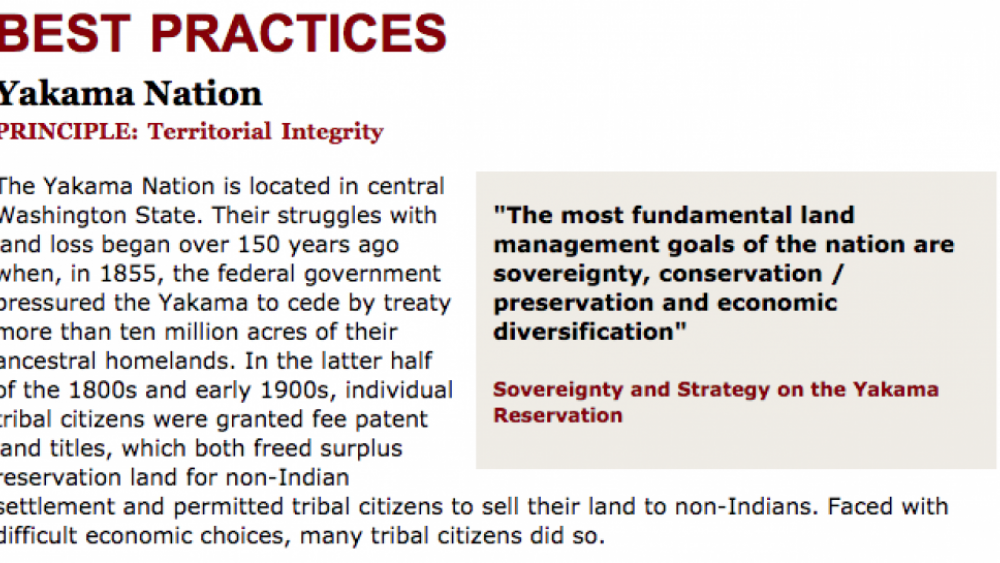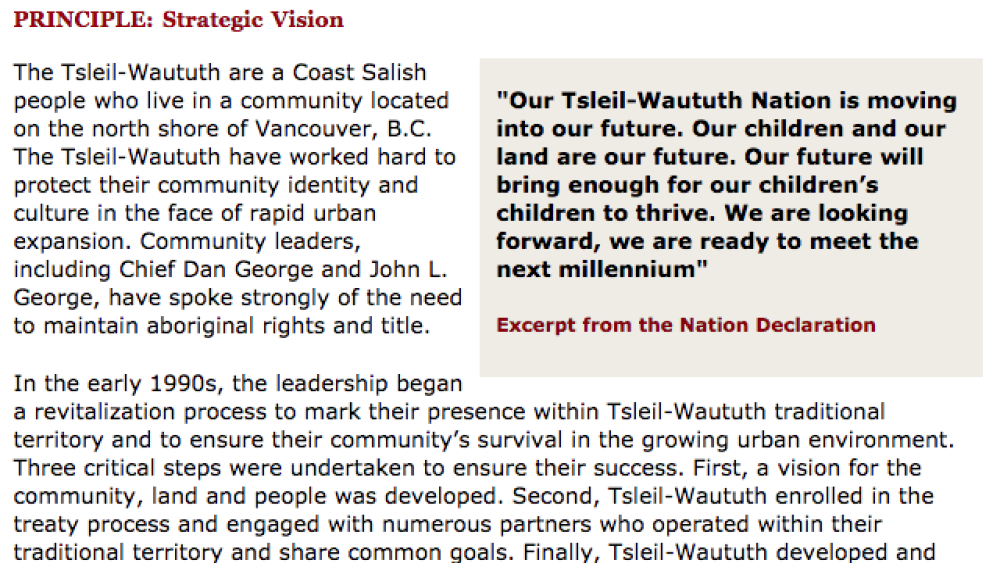Located in far north-western British Columbia, Tatshenshini-Alsek Park was one of the last areas of B.C. to be mapped. The area's earliest residents were the Tlingit and Tuchone First Nations. Today, with the park in the traditional territory of the Champagne and Aishihik First Nations (CAFN), descendants of the Tlingit and Tuchone, the CAFN plays an important role in its management.
In the 1970s, private companies began rafting the Tatshenshini and Alsek Rivers generating a fast-growing and world-class river rafting industry. In the 1980s, a proposal surfaced to develop Windy Craggy peak into a huge open-pit mine with an access road going along the Tatshenshini River.
An extremely high-profile environmental campaign followed focussed both in Canada and in the U.S. As a result of the media pressure and in recognition of the environmental risks and the world-class wilderness values at stake, in June 1993, the B.C. government protected the area designating Tatshenshini-Alsek a Class A park...
Additional Information
National Centre for First Nations Governance. "Best Practices Case Study (Respect the Spirit in the Land): Champagne and Aishihik First Nations." A Report for the National Centre for First Nations Governance. The National Centre for First Nations Governance. Canada. June 2009. Case Study. (https://fngovernance.org/wp-content/uploads/2020/06/RSL_Tatshenshini.pdf, accessed March 8, 2023)




